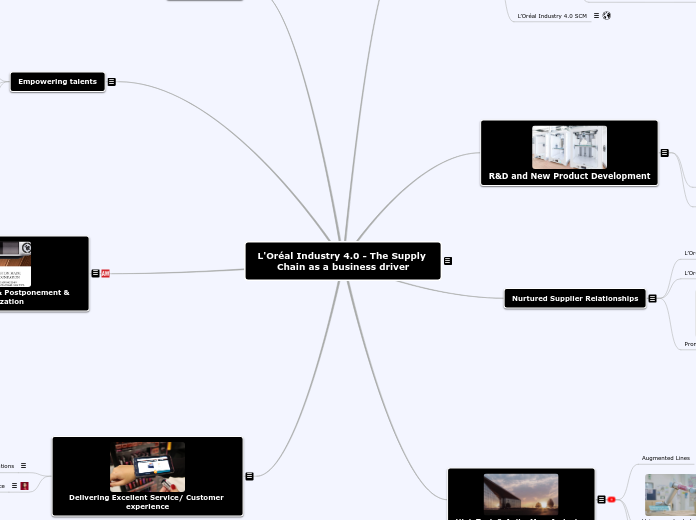Technology problen solving
The main purpose of timelines is to display a series of actions within a particular time interval. Timelines can cover a bigger time period, they should not be very detailed. Howbeit, it is possible to add images, data, or figures.
technological development
OBSOLESCENCE
We mean that some products have fallen into dicuse because they do not have the functionality of the new technologies appearing on the market.due to alack of spare parts for their repair,as a result of changing trends.
Innovation
is a modification made to a product to adapt it to new conditions brought about by changes in requimerents of progress.
sales cycle
Report
This document includes all of the above documents and the following:
Your own thoughts about how the work went.
Enviromental impact of the solution created.
Total cost of the project, with modifications, and the number of hours spend on it.
Final drawing of the solutions
List of modifications made
Description of the prototype built
Process sheet
We use this documents to record the progress of the stages of our work each day.We can also create a constrution log.
Technical desing documents
Budget
The budge is the document that we use to evaluated the finalcian cost of our solution.Spreadsheets are very useful for creating budgets.
List of materials and tools
Your list of materials should not be a vague list, it should contain each element that we need and the correct amounts of each one.
Drawings
Drawings show how the object we are going to build will look.Drawing of its differets part of sections.
Evaluate
Write up the report
We draw up a report on the project that we carried out to put together aññ the information about the process we followed
Presentation and assessment
We present our work and have it assessed by people outside the group.
Check the results
We check that the product work and that it does what we want it to do. We evaluate the aesthetic (appearance) of the product and, if necessary, we propose changes and improvements.
Build
Build the product
This is the stage where we build, assemble and finish the parts and assemble the object. At this stage, we need to put our new theoretical knowledge to work and use the tools and materials we chose aerlier. We also need to remember to economise on material.
Desing
Preparate and plan the work
We choosen the materials, techniques and tools that we are going to need. We split the work up into small rasks and decide how long we need to spend on each operation. We then share out the work and put the blocks of work on order.
We do drawing (sketches) and diagrams or plans of our chosen solution. We can do these freehand firt and add more detail later, but we must make sure that the product is aesthetically pleasing.
Analyse
Choose the solutio
We choose the best solution based on the criteria thet we set as priorities (tupe of material, size, shape, cost,etc) and after analysing the advantages and dasadvantages of each solutio.
Search for for possible solution
We think of the different option, i.e. different objects or products that could resolve our problem. We study and assess each option to see if it is viable.
Information and research
We collate, study and select information on the diferent ways that we could resolve the problem. We also study products that meet similar needs.
Detect the problem or need
If we are very clear about the problem we need to resolve and we know all the details, the rest of the process will be easier.
types of analysis
Add date here.
Historical analysis
We evaluated the possible reasons why the project emerged and its historical deveopment.
Aesthetic analysis
We evaluated how our sense react to the objectr, its appearance, whethe it looks nice or not, whether we find it attractive, etc.
Social analysis
We study the object from the point of view of its social impact and analyse the human needs that it meets. We also evaluated its enviromental impact and recyclability.
Economic analysis
We analyse the financial cost of manufacturing the product and its selling price.
Technical analysis
We evaluated how the object was made. This analysis includes the study of its materials, the technology used to make it, how its parts are joined together and the enviromental risks of the materials used.
Functional analysis
We study how the object works, its utility,how it is used and the potential risks of its use.
Morphological analysis
Add the event here.
We analyse the shape of the object, its size, colour and basic physical characteristisc.
You can add a few highlights here or if you want to add detailed description you can use the Notes feature.









